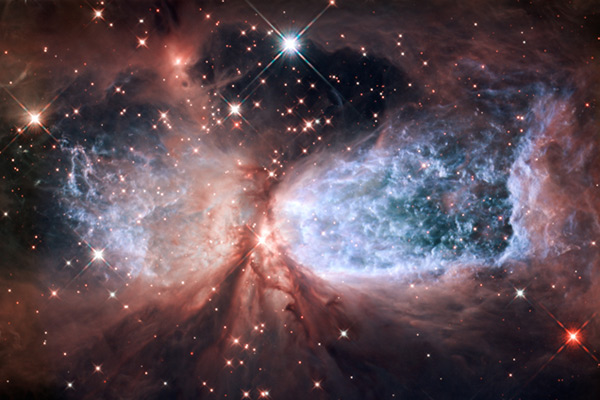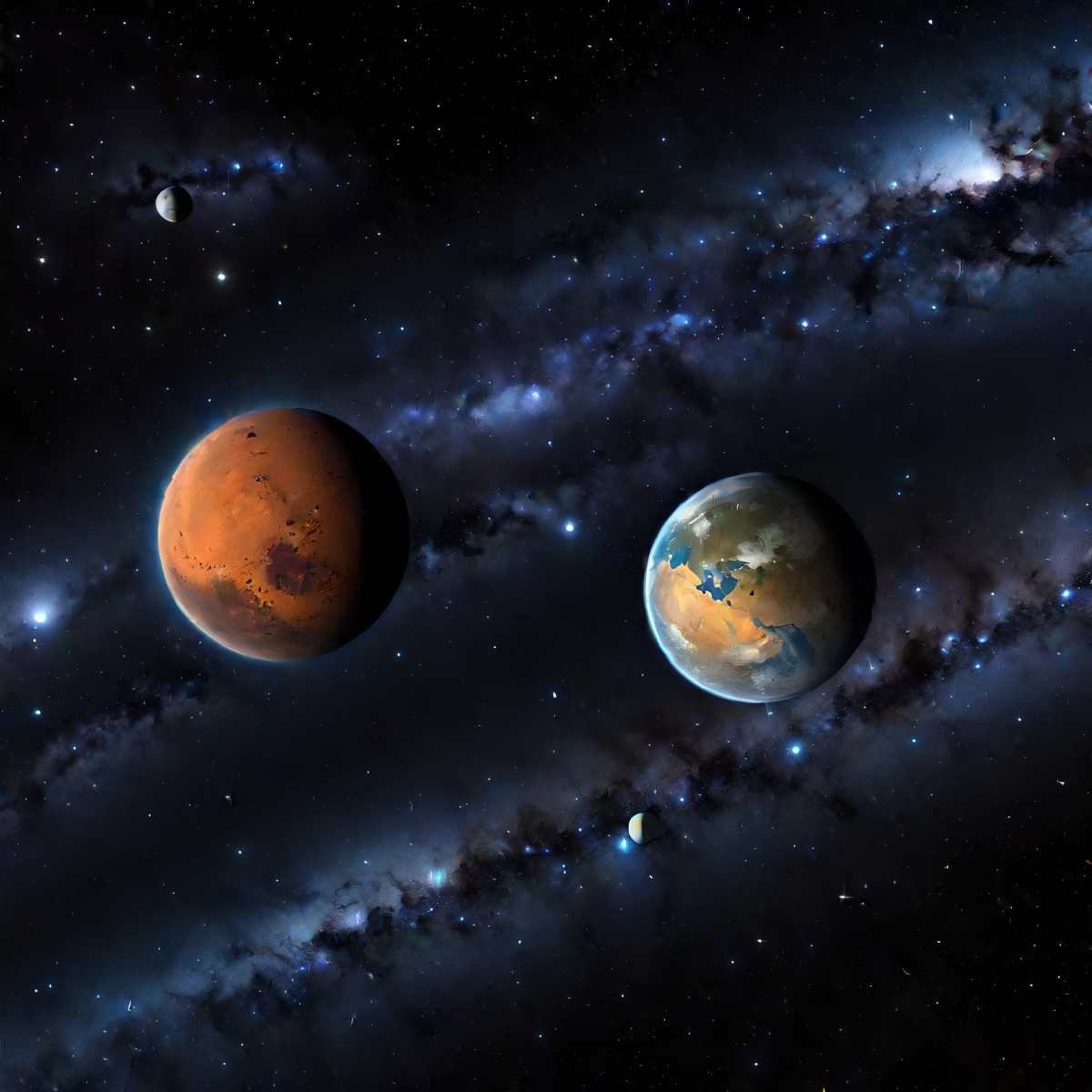
Just in time for the holidays, the folks at the Space Telescope Science Institute in Baltimore, Maryland, give us a glimpse of a heavenly angel - not literally one of the seraphim, of course, but an astronomical delight nonetheless. The two-lobed star-forming region, dubbed Sharpless 2-106, is located in an isolated part of our Milky Way galaxy nearly 2000 light-years from Earth. The bluish “wings” are lobes of super-hot gas illuminated by a monster star - dozens of times the mass of our sun - forming in the center of the still-expanding nebula. A dark ring of dust and gas circling the star (dark bands, center), material that may one day coalesce into a planetary system, acts like a belt, cinching the nebula into an hourglass shape. Observations of the nebula at purely infrared wavelengths reveal more than 600 brown dwarfs, so-called “failed stars” that each gives off more heat than it receives but lacks enough mass to ignite and produce nuclear fusion on its own.
Happy Holidays!

